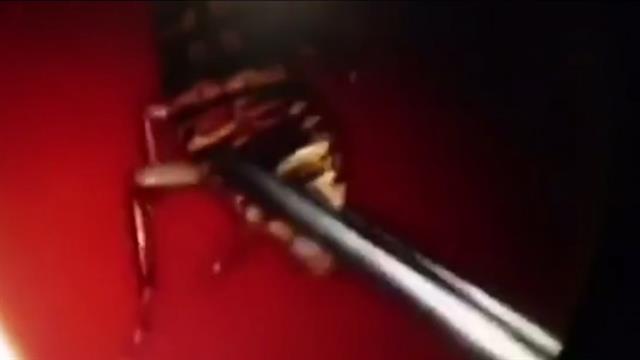(Almost assigned this accidentally to my 'Earworm' collection)

helmikuu 2017
2017-02-14 @ 16.29.10 ∈ Suomeksi
"Jokainen pääsee nauttimaan digilehdet.fi-palvelusta täysin ilmaiseksi 20.2.asti. Kokeilujaksolla palvelun käyttö ei vaadi kirjautumista. […]
Digilehdet-palvelussa käytössäsi ovat Tiede-lehden lisäksi Cosmopolitan, ET, ET Matkaopas, ET Terveys, Gloria, Glorian Koti, Glorian ruoka & viini, Hyvä Terveys, Kodin Kuvalehti, Meidän Perhe, Me Naiset, Sport, Suuri Käsityö ja Vauva."

2017-02-09 @ 20.40.03 ∈ Suomeksi
2017-02-09 @ 13.02.57 ∈ Earworm
2017-02-08 @ 16.21.36 ∈ Suomeksi
2017-02-08 @ 12.32.15 ∈ Suomeksi
2017-02-07 @ 12.11.49 ∈ In English
2017-02-06 @ 17.23.14 ∈ Suomeksi
2017-02-06 @ 11.54.00 ∈ Suomeksi
2017-02-05 @ 16.32.02 ∈ In English
> The cells of the human endometrium are tightly aligned, creating a fortress-like wall around the inside of the uterus. That barrier is packed with lethal immune cells. As far back as 1903, researchers observed embryos ‘invading’ and ‘digesting’ their way into the uterine lining. In 1914, R W Johnstone described the implantation zone as ‘the fighting line where the conflict between the maternal cells and the invading trophoderm takes place’. It was a battlefield ‘strewn with… the dead on both sides’.
> When scientists tried to gestate mice outside the womb, they expected the embryos to wither, deprived of the surface that had evolved to nurture them. To their shock they found instead that – implanted in the brain, testis or eye of a mouse – the embryo went wild. Placental cells rampaged through surrounding tissues, slaughtering everything in their path as they hunted for arteries to sate their thirst for nutrients. It’s no accident that many of the same genes active in embryonic development have been implicated in cancer. Pregnancy is a lot more like war than we might care to admit. […]
> … primates make every effort to test their embryos before they allow them to implant. The embryo is walled out by the tight-packed cells of the endometrium, while an intimate hormonal dialogue takes place. This conversation is, in Haig’s words, a ‘job interview’. Should the embryo fail to convince its mother that it is a perfectly normal, healthy individual, it will be summarily expelled.
> How does an embryo convince its mother that it is healthy? By honestly displaying its vigour and lust for life, which is to say, by striving with all its strength to implant. And how does the mother test the embryo? By making the embryo’s task incredibly difficult. Just as the placenta has evolved to be aggressive and invasive, the endometrium has evolved to be tough and hostile. For humans, the result is that half of all human pregnancies fail, most at the implantation stage, so early that the mother may not even realise she was pregnant.
> Embryonic development becomes a trial of strength. And this leads to another peculiarity of the primate reproductive system – menstruation. We have it for the simple reason that it’s not such an easy matter to dispose of an embryo that is battling to survive. The tissues of the endometrium are partially insulated from the mother’s bloodstream, protecting her circulatory system from invasion by a placenta she has not yet decided to accept. But that means her own hormonal signals can struggle to be heard inside the womb. So, rather than risk corruption of the endometrial tissue and ongoing conflict with an embryo, what does the mother do? She just sloughs off the whole endometrium after each ovulation. This way, even the most aggressive embryo has to have her agreement before it can get comfortable. In the absence of continual, active hormonal signalling from a healthy embryo, the entire system auto-destructs. Around 30 per cent of pregnancies end this way.







